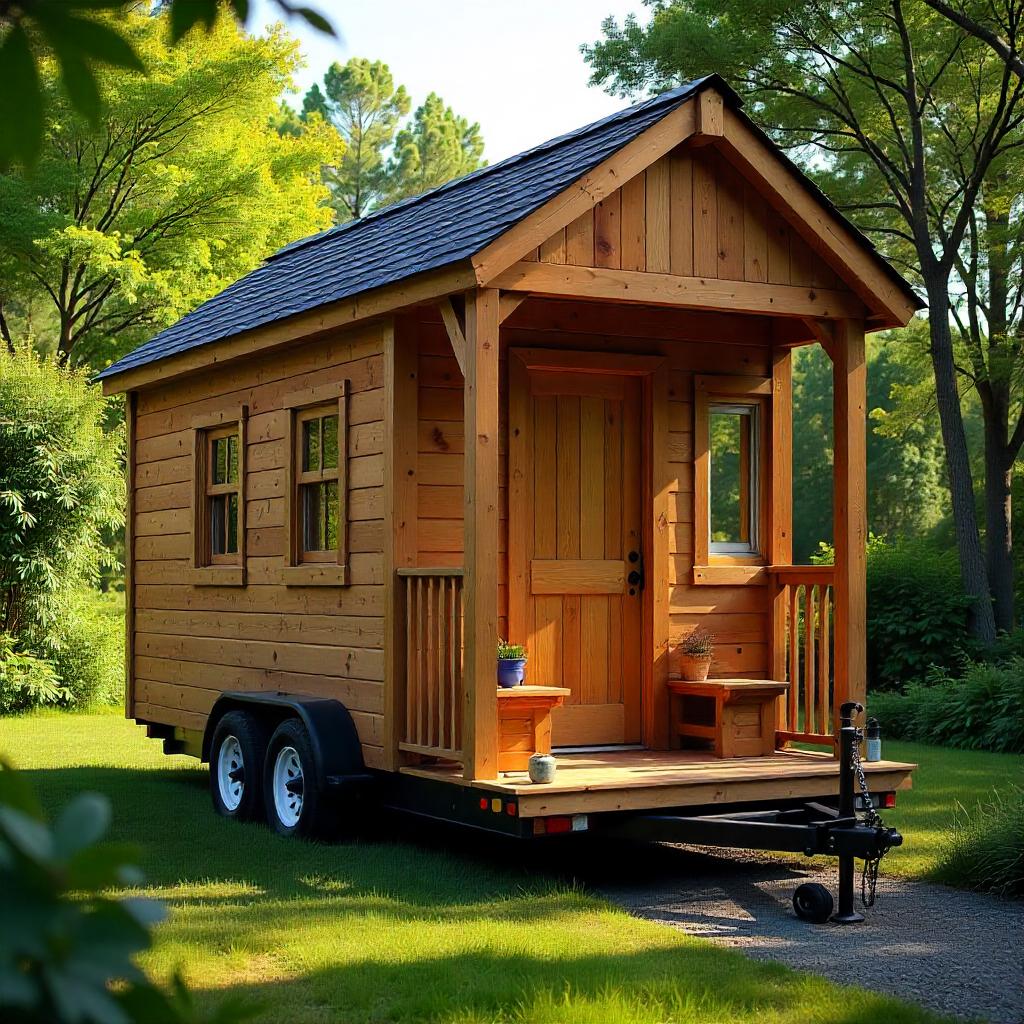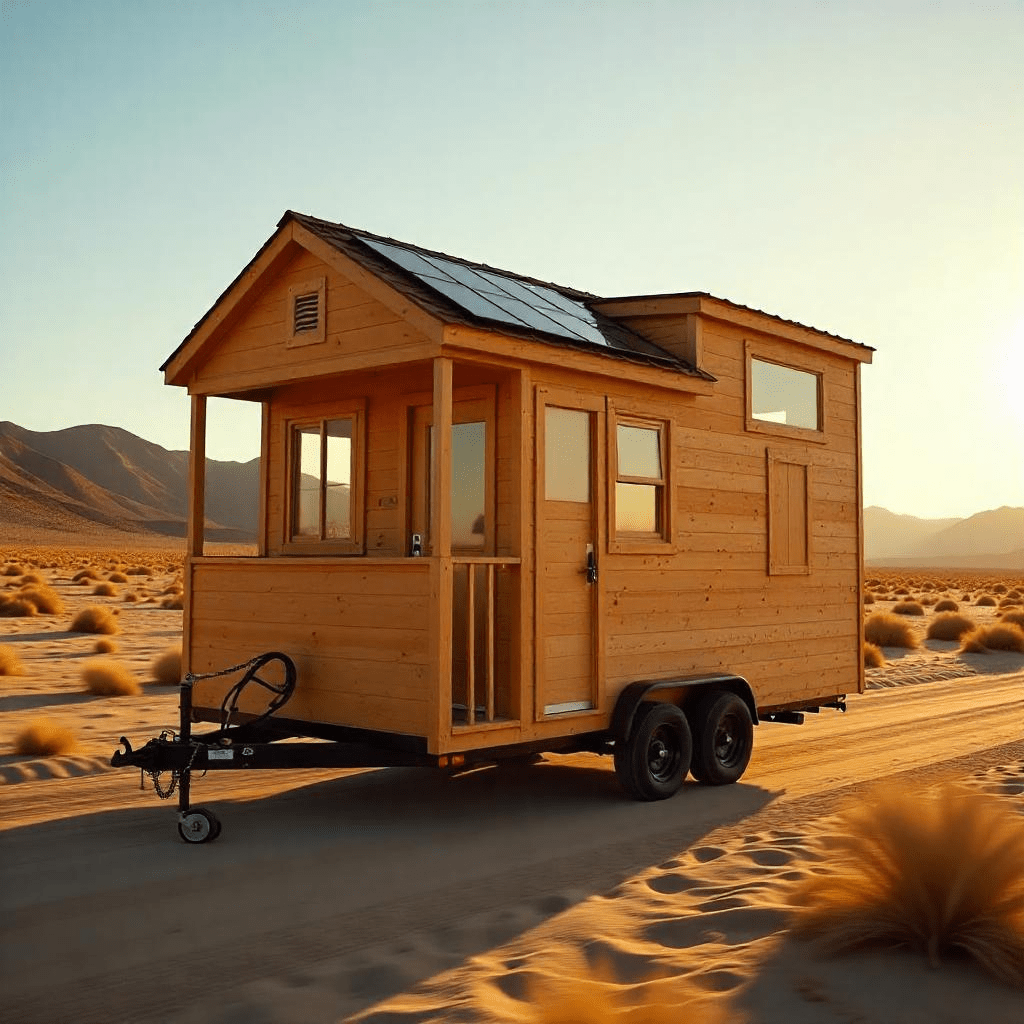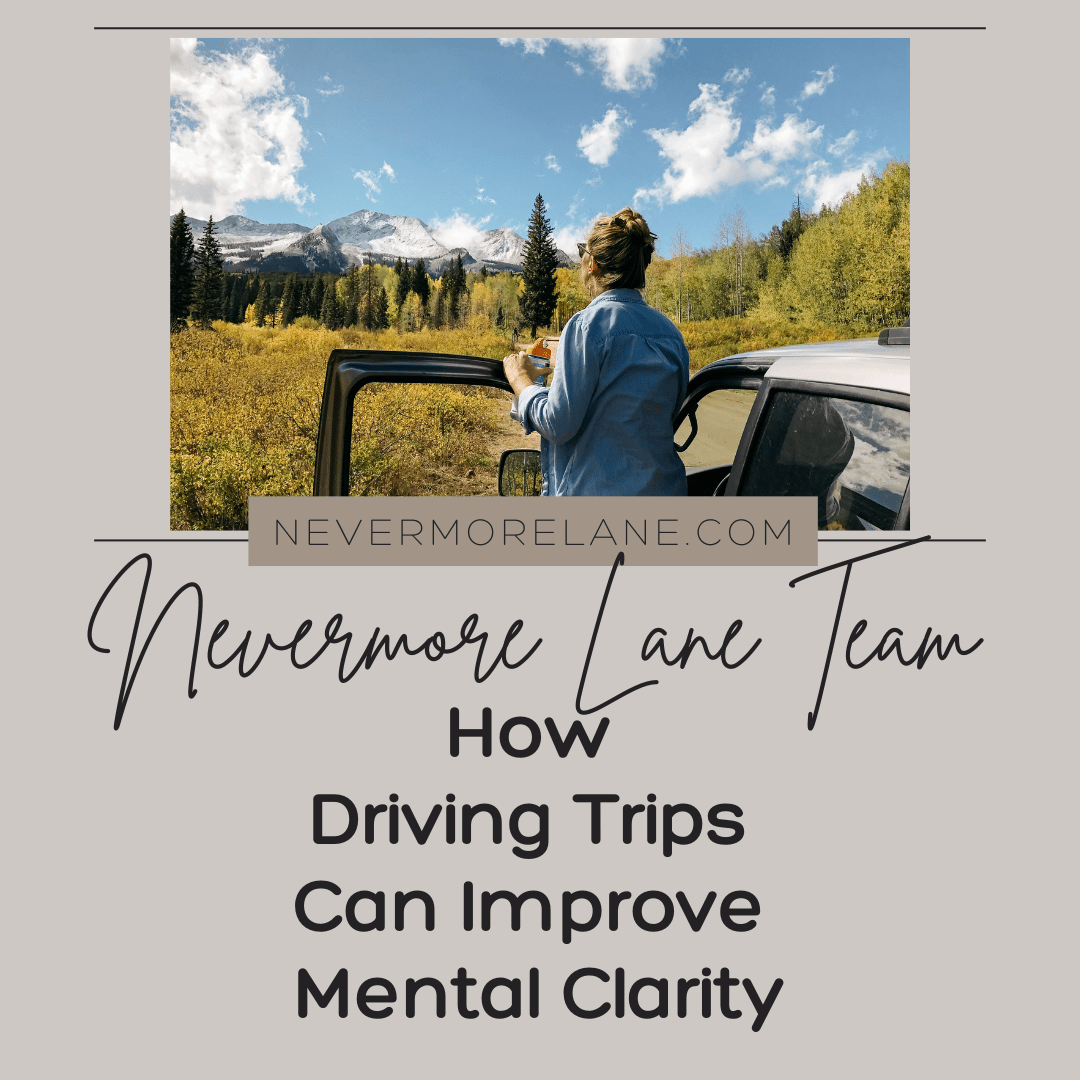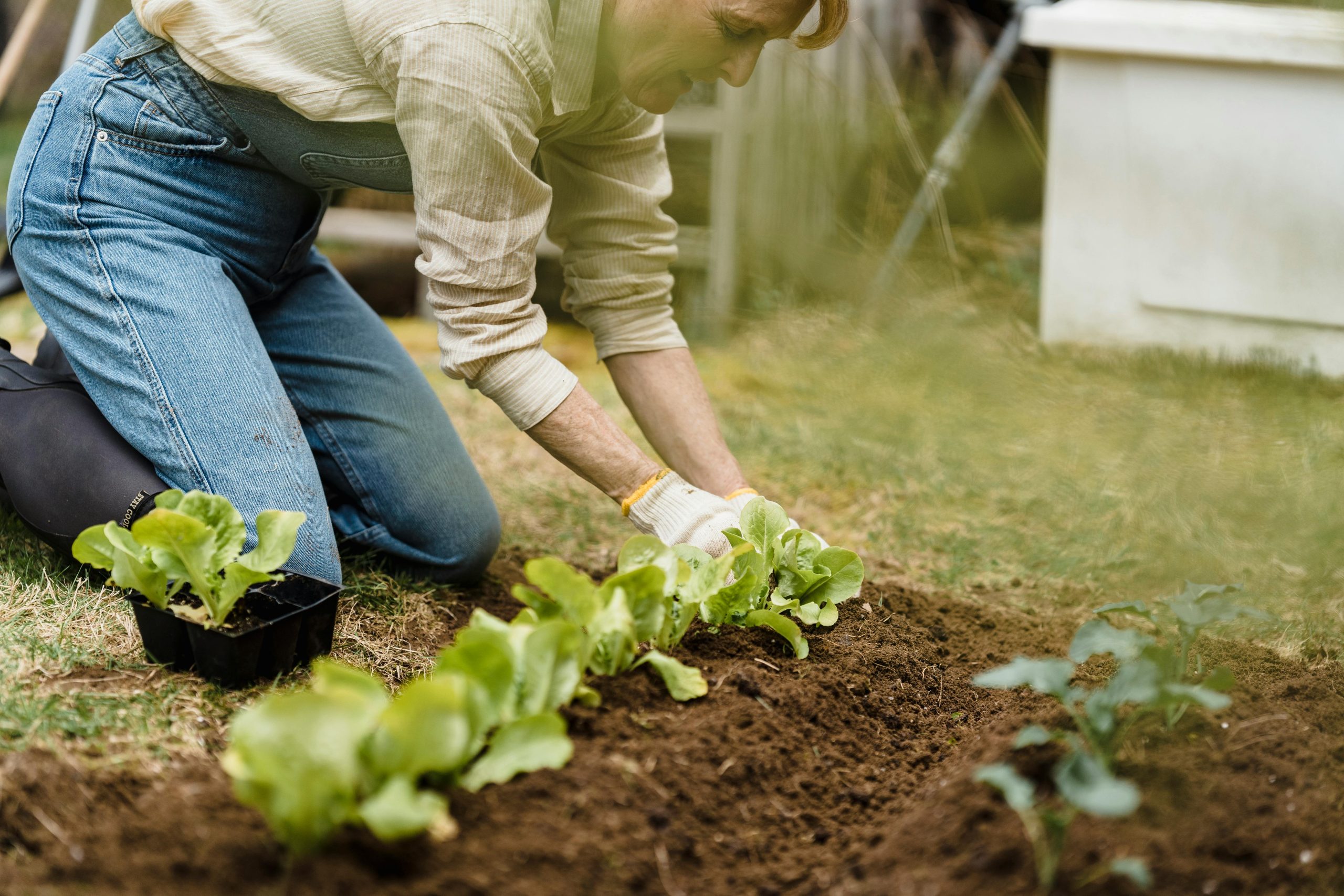Before You Build: The Ultimate Off-Grid Tiny Home Checklist
The dream of building an off-grid tiny home represents freedom from utility bills, mortgage payments, and the constraints of traditional housing, but the reality involves countless decisions that can make or break the entire project. Many aspiring tiny home builders underestimate the complexity of creating a truly self-sufficient living space, leading to costly mistakes, legal complications, and homes that fail to deliver the independence they promised. The difference between a successful off-grid tiny home and an expensive mistake lies in thorough preparation and understanding every critical element before breaking ground.
Photo: Freepik
David and his partner spent two years saving for their off-grid tiny home dream, confident that their construction experience would carry them through the project. They purchased land in a remote area and began building immediately, only to discover that their chosen location lacked adequate water sources and their solar setup couldn’t handle their energy needs during winter months. Six months into the project, they faced mounting costs for water delivery, generator fuel, and emergency repairs, realizing that their enthusiasm had overshadowed essential planning steps that would have prevented these expensive setbacks.
The foundation of any successful off-grid tiny home lies in comprehensive planning that addresses every aspect of self-sufficient living before construction begins. From legal considerations and zoning requirements to power generation and waste management systems, each element must be carefully evaluated and integrated into a cohesive plan. The most successful builds result from methodical preparation that considers not just the initial construction phase, but the long-term realities of maintaining and living in a completely self-reliant home.
A complete off-grid tiny home checklist serves as your roadmap to avoiding costly mistakes while ensuring that every essential system receives proper attention during the planning phase. When you systematically address each critical element before you build, you create the foundation for a home that truly delivers the freedom and sustainability that drew you to off-grid living. The investment in thorough preparation pays dividends in reduced costs, fewer surprises, and a finished home that meets your vision of independent, sustainable living.
Stock Up on Supplies and Tools
When preparing for off-grid living, it’s crucial to gather supplies you can’t easily replace. Stock up on non-perishable food, medical supplies, and backup components for your solar power system or off-grid water supply. Spare fuses, sealants, and connectors can help you avoid long delays during repairs.
A complete tool kit is just as vital. Include both hand and power tools, along with extra batteries and chargers. If your setup includes renewable energy sources, ensure you have the tools and parts to maintain them year-round.
Basic tools are necessary, but don’t overlook logistics, especially when transporting your building materials over long distances. A deckover trailer is useful during and after the build. Its flatbed design makes it easier to haul lumber and solar panels without clearance issues.
You can also build your home on a deckover trailer to serve as a foundation if you plan to move your tiny home later. Many builders use them to meet local building codes while keeping their off-grid homes mobile and flexible. The raised, flat platform gives you more usable interior space and helps simplify plumbing and electrical layouts.
Choose the Right Location
Finding the perfect piece of land is the first and most crucial step. Not all properties suit off-grid living, so you must research local zoning laws, building codes, and land restrictions.
Some areas ban tiny homes altogether, while others require permits for rainwater collection or composting toilets. If you plan to use solar power, look for land with good sun exposure and check for access to natural water sources like wells or streams.
Also, consider proximity to towns for emergencies or supplies. Remote land offers privacy, but being too far from civilisation can make life difficult. Before making a final decision, you should also visit the site in different seasons to see how the weather affects the area.
Design for Efficiency and Comfort
A well-designed tiny home maximises space without sacrificing comfort. Start by listing your must-have features: do you need a full kitchen, a loft bed, or space for a home office? Then sketch a layout that keeps movement smooth and avoids wasted space.
Insulation is another key factor. Since tiny homes have less interior space, they can get too hot or too cold quickly. Use high-quality insulation in walls, floors, and the roof to maintain a comfortable temperature year-round.
Large windows can also provide natural light and passive solar heating, but they should be double-paned to prevent heat loss. This will make daily living easier and reduce energy needs.
Secure Reliable Water Sources
Consistent access to clean water is critical, especially when living off-grid. Collecting rainwater is common, but you’ll need proper storage and a solid water purification method to ensure it’s safe. If rainfall isn’t steady, drilling a well may be necessary, though the cost depends on the depth and location.
Managing your water system helps reduce stress and prevents unexpected problems that can affect your off-grid living. Using low-flow fixtures and a composting toilet will help conserve your supply.
A greywater system can reuse water from sinks and showers for basic needs like irrigation. Additionally, having a backup water source adds peace of mind, which is essential when managing other pressures.
Set Up Off-Grid Power Solutions
Power is a top priority for any off-grid house. Solar panels are the most common choice because they’re easy to maintain and work well in sunny areas. Before setting up your system, calculate how much energy your tiny house will need. Include basics like lights, a fridge, and devices. Then size your solar system to match those needs.
Place the panels in a location with full sun exposure to get the best results. If sunlight is limited, you can supplement with other renewable energy sources. A small wind turbine can help if you live in a windy area, and a micro-hydro unit might be helpful if your land has a steady stream.
A solar battery storage system is essential. It lets you save power for nights and cloudy days. Without one, your off-grid living setup may not stay consistent. A strong energy plan means your home stays powered without relying on the electrical grid.
Set a Realistic Budget
Off-grid homes can get expensive fast. To maximize your investment, list every major cost before you start, including land, materials, labour, permits, and water and solar power systems. Add extra for unexpected issues, especially if you’re building in a remote area.
Don’t skip quality on key systems. A weak solar setup or a cheap roof can lead to costly repairs. If you’re using renewable energy or installing a composting toilet, choose reliable components that match your needs.
A clear budget helps you stay focused. It guides your choices on what your tiny house should include, whether that’s a battery storage system, structural insulated panels, or an off-grid water supply.
Your Off-Grid Dream Starts with Smart Planning
Building an off-grid tiny home represents one of the most rewarding ways to achieve housing independence, but success depends entirely on the quality of your preparation. Every item on your pre-construction checklist directly impacts your future comfort, safety, and financial stability in your new home. The builders who experience the greatest satisfaction with their finished homes are those who invested time upfront to research regulations, test systems, and plan for contingencies rather than learning through expensive trial and error.
The complexity of off-grid living systems requires a methodical approach that addresses water, power, waste, heating, and communication needs as interconnected components rather than isolated elements. Your checklist should reflect this integrated thinking, ensuring that each system supports and complements the others while remaining within your budget and skill level. The most successful off-grid tiny homes result from builders who understood these relationships before they purchased their first materials.
Your journey toward off-grid independence begins with the commitment to thorough planning and realistic assessment of your goals, skills, and resources. The checklist approach transforms an overwhelming project into manageable steps, each bringing you closer to the self-sufficient lifestyle you envision. When you build with a comprehensive plan as your foundation, you create not just a house, but a sustainable home that provides the freedom and peace of mind that make off-grid living truly worthwhile.
Want more Tiny House content? Check this page for more information!







